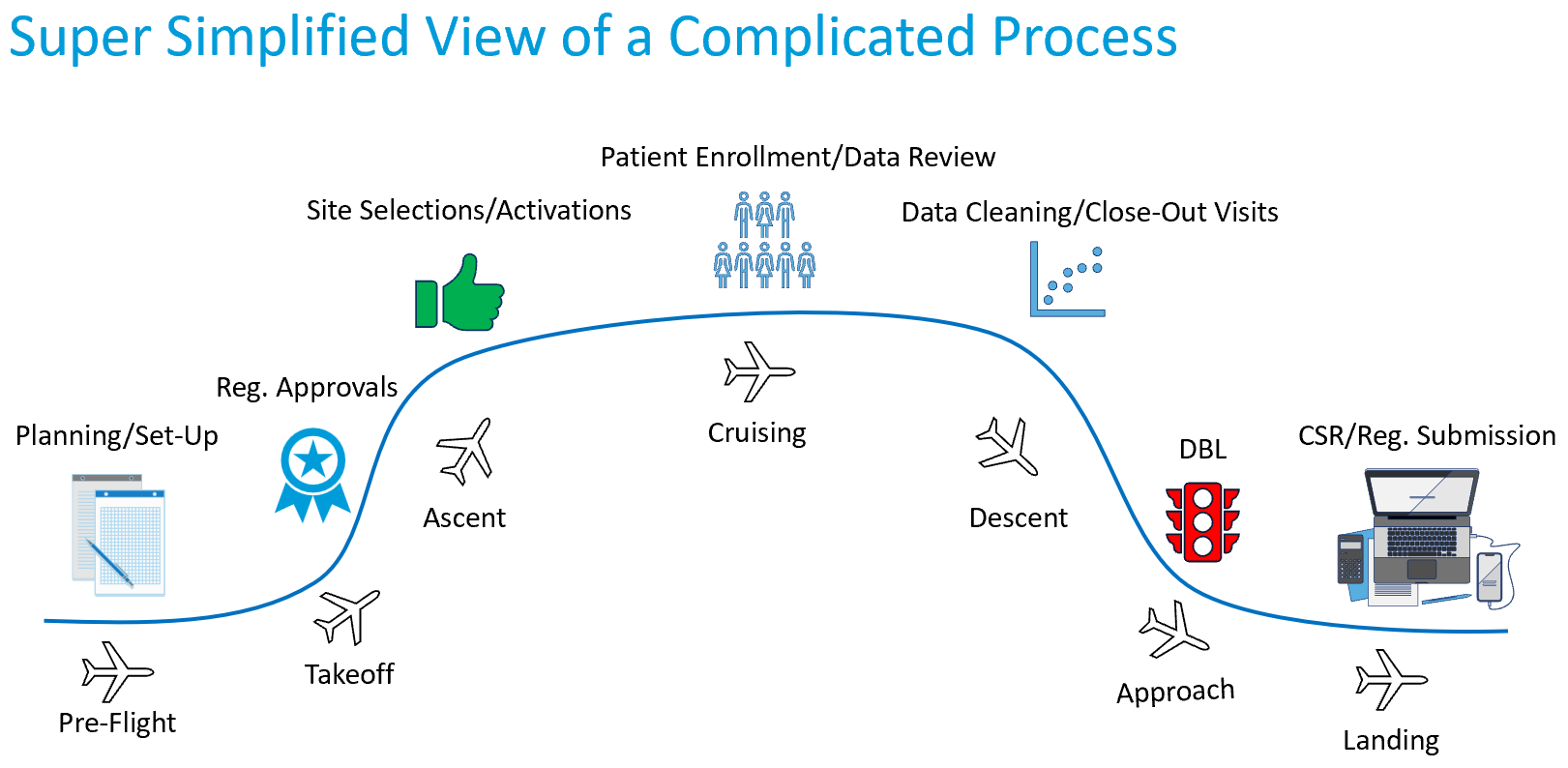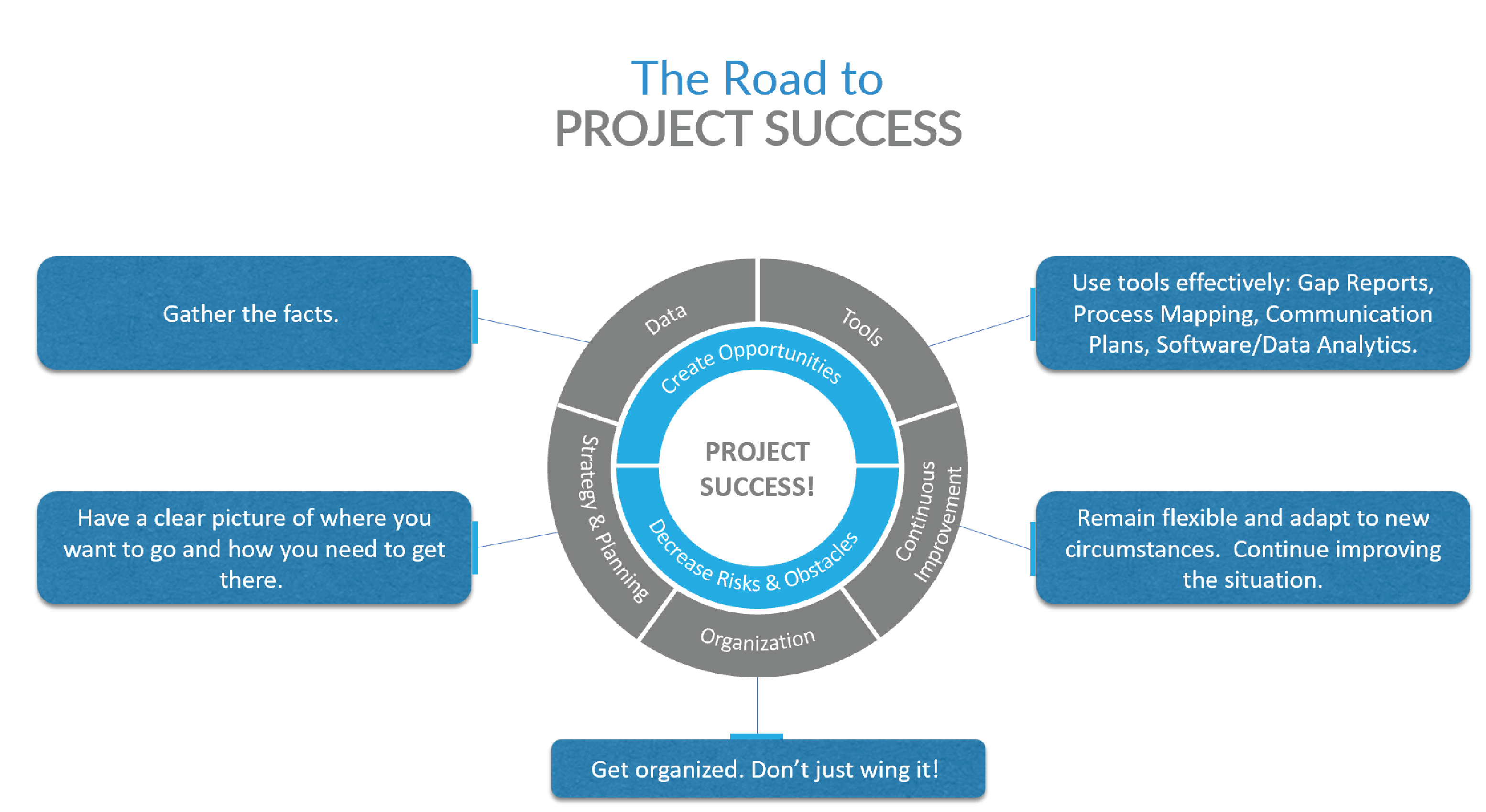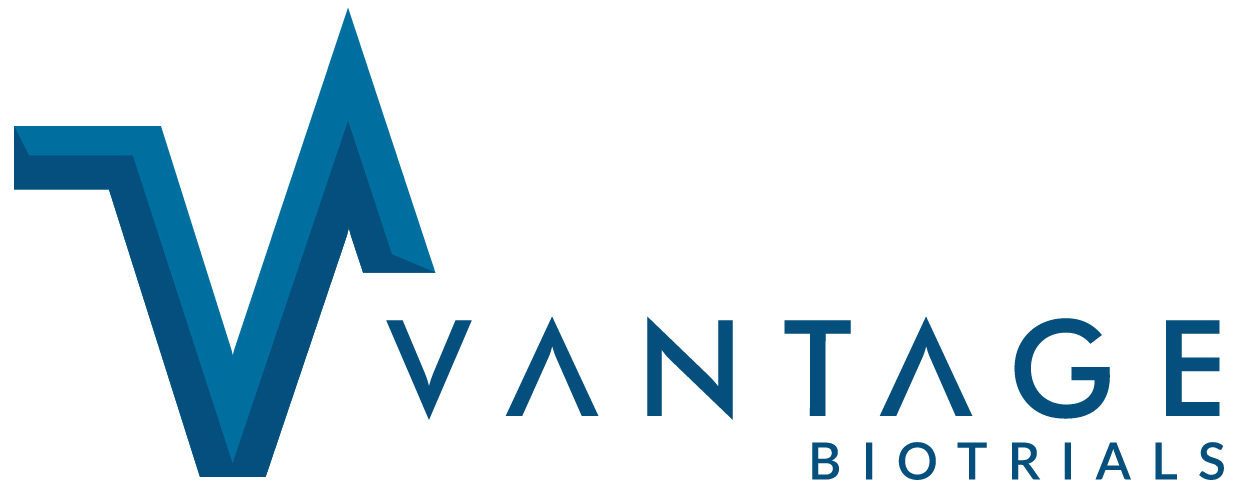
Introduction
The drug development process presents many complex steps and requires a keen set of skills, knowledge, and resources to arrive successfully at subsequent stages . Within the various phases of drug development, clinical trials, in particular, require robust, coordinated processes and systems, regardless of the size, scope, cost, or duration. With so many requirements and people involved, one might think it is almost impossible for a team to achieve good results or even the objectives of a clinical study. However, as an example outside of our own industry, there exists other processes with a high level of complexity that are performed regularly with high efficiency, low error rates and positive outcomes, such as Air Traffic Controllers. These highly specialized individuals monitor hundreds of aircraft in the sky and on the ground at any given moment. They multitask and are required to take quick decisions that could potentially impact the lives of thousands of people daily. We might therefore ask, “How are they able to complete their tasks with minimal errors?” The answer is, “By going through extensive training, adhering to strict protocols, following policies to prevent burnout, and mastering effective communication skills”, which is quite close to the requirements needed when conducting a clinical trial . Unfortunately, the current reality is that most studies don’t abide by these standards. The main reason why projects fail is due to a lack of organizational capacity and capability, hence often needing “rescue”. This ultimately costs a Sponsor huge delays and leads to inflated budgets. When it comes to providing the best possible outcome for a clinical study, part of the solution is to identify inherent risks related to the study and mitigate them throughout the entire project lifecycle.

Identify the Problem: What are your Pain Points When Conducting a
Clinical Study?
The clinical research industry is highly regulated and requires working with extremely regimented protocols and SOPs, extensive and specialized training, mastery of communication skills, and effective resource management to prevent staff burnout.
Running a clinical trial can be very demanding to say the least. A large, multicenter clinical trial often involves dozens or hundreds of people whose activities are coordinated across international borders in multiple languages. There are many different points of failure that can cause minor “discomfort”, and many that can lead to significant damage or even complete disruption of your trial. These failure points can appear suddenly or can be identified early as a trend in the data. Common challenges faced by Sponsors and CROs are at the enrollment level, the lack of a comprehensive patient recruitment plan and patient retention strategy, the data quality, maintaining protocol compliance, site engagement, and even the collaborative engagement between Sponsor and CRO.
Other universal challenges faced are adequate staff resourcing, the use of multiple systems/tools that can be daunting for Study Coordinators, and tracking/reconciliation of study budgets. Historical data has shown that less than one third of studies recruit their original target number of participants within the time frame originally specified which leads to extensive project delays(1).
What’s the solution?
As a small CRO, Vantage BioTrials has learned over our many years of clinical trial management operations that both the right kind of technology and the right kind of Project Manager are essential solutions to achieving project success.
Using the right technology such as a CTMS, Site Payment System, EDC, eTMF and other digital dashboards should be one of the key elements utilized in the day-to-day operations for a clinical trial. The technology that you adopt must, at its core, make your teams’ lives easier and their work more efficient. These dashboards can take on major significance in your project and could make the difference between study failure and success! As an example, we at Vantage BioTrials have implemented Smartsheet as our CTMS in order to help us smoothly manage our projects from different Sponsors across our organization.
The second key that opens the lock to success is an experienced, qualified, and dedicated Project Manager who understands the intricacies of conducting a clinical trial and approaches it with a business management mindset, rather than just a scientific one. The following are key elements an effective Project Manager will focus on in order to deliver on study goals:
- Know the Key Principles for Project Management:
• Planning
• Managing Resources
• Effective Communication
• Negotiation skills
• Leadership
• Discipline
• Quality Management - Master each Stage:
• Initiating
• Planning
• Executing
• Monitoring / Analyzing
• Closing
Every stage should be described in a well-written Project Management Plan and remember to include the right tools and technologies throughout each stage. - Project Planning: “If you fail to plan, you plan to fail”
• Set clear objectives & timelines
• Define your resources
• Make staff accountable
• Set a Communication Strategy
• Identify and mitigate Key Performance and Key Risk Indicators (KPIs and KRIs)
The Project Manager’s Secret to Success: Effective Communication Strategies
Communication is the way we exchange information to express our needs and interact with others from very early in life. However, it is known that the process is way more complex than a simple exchange. It is to convey a message that must be:
• Clear, emphasizing a specific topic or goal at a time.
• Complete, including the facts required by the audience.
• Concise, which means short and essential in limited words to the audience.
• Coherent with logic and smooth flow.
• Concrete, specific, meaningful, and based on facts that do not let space for interpretations.
• Courteous, taking the point of view of the audience and showing concern for the receiver.
• and certainly, Correct, exact, and well-timed.
In fact, these are known as the seven C’s of effective communication and they are mandatory in research as we work with many stakeholders to be able to achieve our common goal.
Another aspect to be considered when having multiple collaborators is the transmission of the information. The knowledge of the reality of the project varies depending on the level of involvement in the tasks performed. Therefore, the gap between the line staff and the executives might represent an issue when it comes to understanding the project and putting solutions in place.
Team meetings are another essential part of the project’s lifecycle, however, most of the time, meetings quickly become time-consuming and prevent the team from finding solutions to challenges presented. When a meeting is planned, it is important to focus on the objectives, to have a clear agenda with a useful format, and to invite only people directly involved with the topics. A revision of the previous discussions should be performed to avoid missing or recurrent points. It is also important to respect the time allowed for the meeting and encourage participation, as well as to provide clear indications of the actions required from the participants.
In recent years, the implementation of communication tools or software to share information has been more practical than ever. As a matter of fact, their use has become almost mandatory to disseminate information amongst project stakeholders in almost real-time, which helps to improve productivity, save time, and ultimately project costs.
Minimizing Risk to gain Fluidity in Operations
Analyzing a project’s risk categories should always be the first part of the crucial “Project planning” stage. Abraham Lincoln described it best when he was quoted as saying: “Give me 6 hours to chop down a tree, and I will spend 4 hours sharpening my axe”.
Project Planning includes setting clear objectives & timelines, defining resources, making staff accountable, identifying, and mitigating Key Performance Indicators (KPIs) and Key Risk Indicators (KRIs), and setting a communication strategy.
Once all the project planning is done and execution has started, it is time to check on the health of the project.
What if the task doesn’t happen in the set timeline? What if the resources we planned for are no longer available? Rank the impact of the effect for each risk, analyze it, and put a plan in place to mitigate it.
KPIs/KRIs are important metrics that measure the operational and financial health of the project. They proactively let you identify risks and develop specific and actionable plans, and they provide clear visibility and accountability for all stakeholders.
Why do KPIs/KRIs matter? Because if you can’t measure it, you can’t manage it. Some examples of measurable metrics are:
- Time to Site Activation
- Time to CDA and Clinical Study Agreement execution
- Time to IRB approval per site
- SEVs, SIVs scheduled and completed
- Time to First Patient In
- Enrollment rate (per site/per month); projected vs. actual
- Screen Failure rate
- Retention rate
- Monitoring Visits scheduled and completed
Best Practices for Budgeting a Clinical Study
During the past years, the cost of running clinical trials is only getting higher, despite every stakeholder’s best effort to introduce efficiencies throughout the process. One of the critical aspects of running a trial is the budget forecasting. It is very important to have a thorough and detailed budget to bring the project to success.
To prevent out-of-scope costs, there are key elements to consider while preparing a project budget for a Sponsor. The following items should always be considered when building the total cost of the study:
1. Fixed and variable costs
2. Direct and indirect costs
3. Hidden costs
4. Pass-Through costs
5. Labor and materials
6. Software licenses
7. Administration fees
Based on the Sponsor protocol and depending on the type of study (Early phase, late phase or post-market), a template should be used to develop a comprehensive budget. Before sending the budget to the Sponsor it is crucial to seek the input of Subject Matter Experts and other project team members to check for budget accuracy. During the RFP process a Sponsor should take the time to answer questions from the CRO and be flexible with the RFP submission deadline, while giving the CRO as many details about their expectations to produce the most accurate budget. 10 business days is the typical turnaround time for RFPs for most CROs, assuming enough preliminary information has been provided and questions have been clarified in a timely manner.
Once the budget is sent to the Sponsor, they should:
- Scrutinize the bids carefully by assuring that the CRO’s assumptions are realistic, the RFP details are accurate and that there are no outlier budgets compared to competing bids.
- Avoid “assuming the worse” with the CROs and rather consider the CROs as sincere partners that are genuinely interested in the successful outcome of the trial.
- Clearly communicate internal processes so that the CRO understands possible budget/ timeline ramifications.
- Build-in contingencies when generating internal budgets for unexpected factors that can possibly lead to cost overruns such as unanticipated delays, recruitment challenges, changes in staffing, etc. It is important to note that a CRO cannot eliminate all budget-busting items due to unforeseen issues outside their control, and these will result in possible incremental fees.
Once the final budget is approved by all parties, a Scope Of Work (SOW) is developed and helps govern the expectations to keep everything on track. It is in the best interest of the CRO to finish the study as projected as it keeps the resource planning in check and avoids the waste of precious resource time on creating Change Orders (Cos). CROs, like Vantage BioTrials, are experts in suggesting strategies to mitigate risks and each stakeholder is responsible to implement the strategies that make the most sense in minimizing scope creep and budget overruns. The integration of technology is one solution to consider in tracking the budget and any accrual information for out-of-scopes. Having an open mindset that allows for flexibility is a must to effectively manage the cost of a project and smoothly plan for the unexpected.
Final Thoughts
In conclusion, project success is attainable, as evidenced by Vantage BioTrials’ numerous winning streaks of positive study outcomes, but you need to ensure that you have taken the time to properly consider and mitigate all risks, implement proper tools and technologies, make sure you stay organized throughout the journey, and challenge yourself on how you can improve along the way. Only then will you create new opportunities, decrease risks and obstacles, and land on your runway safe, sound, and full of a sense of achievement.

About Vantage BioTrials
Vantage BioTrials is a leading Canadian Contract Research Organization (CRO) with over 15 years of successful projects delivered on time and on budget. We use innovative clinical trial management strategies for the life science industry with a focus on patient safety & advancing new therapies to market. We offer pharmaceutical, biotech & medical device companies a complete and integrated set of full-service clinical trial management solutions, based on the principles of Quality by Design and Risk-based clinical trial management.


